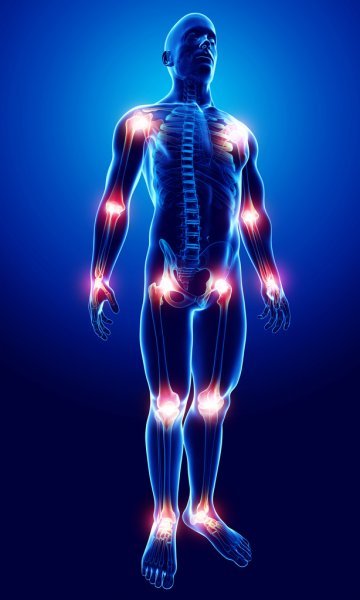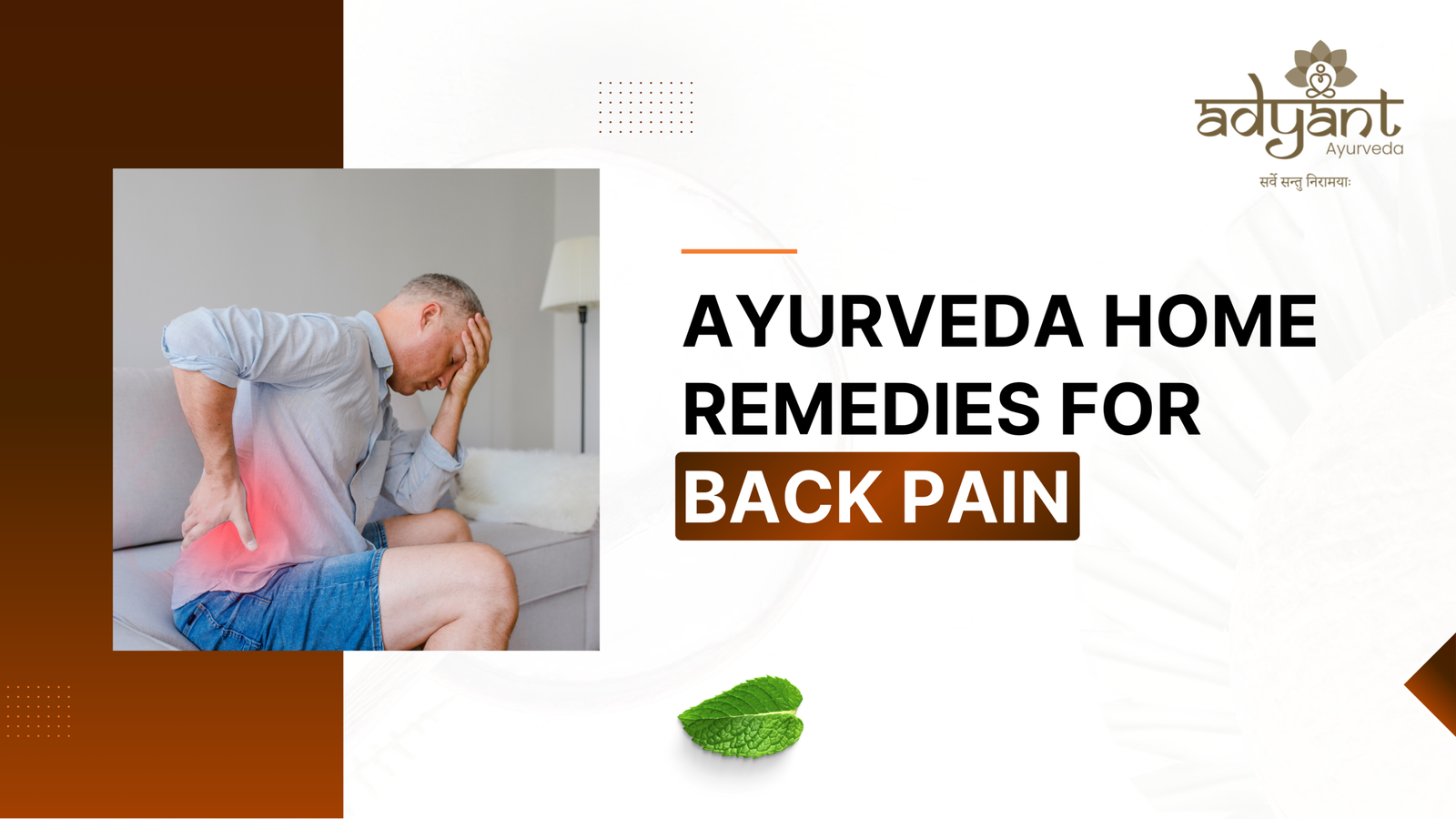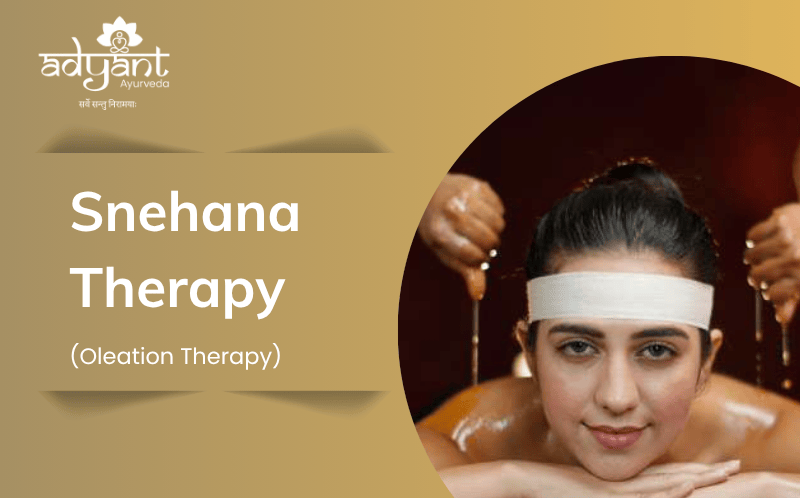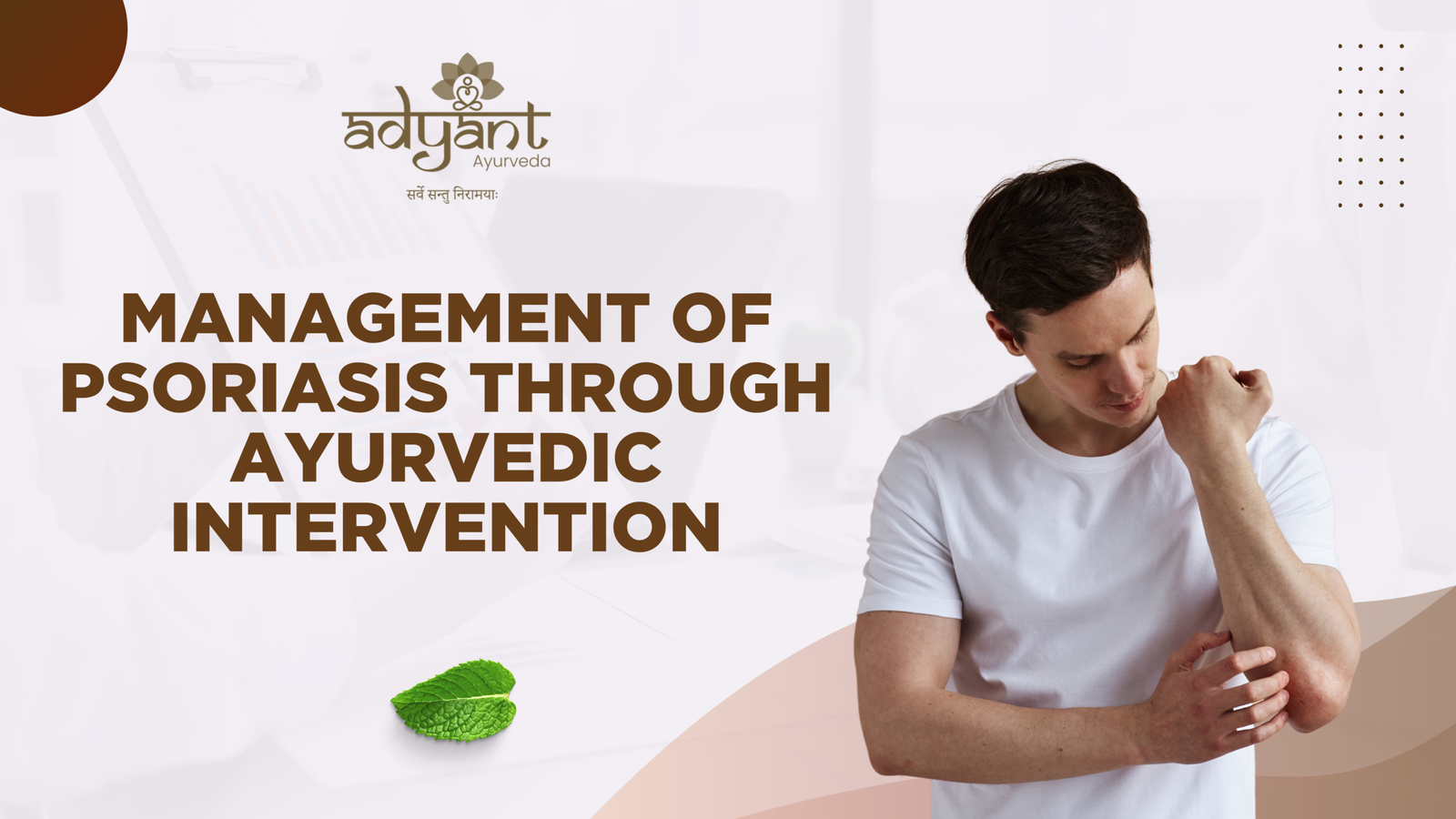Table of Contents
ToggleIntroduction
Arthritis is a chronic inflammatory condition that affects millions of people worldwide, causing pain, stiffness, and reduced mobility. While modern medicine primarily manages arthritis symptoms with painkillers and anti-inflammatory drugs, Ayurveda offers a holistic approach that targets the root cause of the disease. Ayurvedic treatments for arthritis focus on detoxification, balancing doshas, strengthening joints, and improving overall well-being.
In this comprehensive guide, we will explore Ayurvedic perspectives on arthritis, its causes, symptoms, and detailed Ayurvedic treatments, including therapies, herbal remedies, dietary recommendations, and lifestyle modifications.
Understanding Arthritis in Ayurveda
Ayurvedic Perspective
In Ayurveda, arthritis is primarily classified under Sandhivata, Aamavata, and Vatarakta, depending on the causative factors and symptoms.
- Sandhivata (Osteoarthritis) – Caused by aggravated Vata dosha, leading to joint degeneration, dryness, and stiffness.
- Aamavata (Rheumatoid Arthritis) – Due to toxin (Ama) accumulation and aggravated Kapha and Vata doshas, causing inflammation, swelling, and pain.
- Vatarakta (Gout) – A condition where Vata and Rakta (blood) are imbalanced, leading to severe joint pain, redness, and swelling.
Causes of Arthritis in Ayurveda
- Poor digestion leading to Ama (toxins) accumulation
- Improper dietary habits (excessive intake of junk, dairy, processed food, cold food)
- Sedentary lifestyle
- Suppression of natural urges
- Excessive physical exertion
- Age-related degeneration
- Genetic predisposition
Symptoms of Arthritis
- Joint pain and stiffness
- Swelling and tenderness
- Restricted mobility
- Cracking or popping sounds in joints
- Inflammation and warmth around joints
- Weakness and fatigue
- Morning stiffness (common in rheumatoid arthritis)
Ayurvedic Treatment for Arthritis
1. Panchakarma Therapy (Detoxification)
Panchakarma plays a vital role in eliminating toxins and restoring dosha balance. The following therapies are recommended:
- Virechana (Therapeutic Purgation): Removes Pitta-related toxins, reduces inflammation, and purifies blood.
- Basti (Medicated Enema): Vata-balancing therapy using medicated oils or herbal decoctions to lubricate joints and relieve stiffness.
- Abhyanga (Herbal Oil Massage): Nourishes joints, enhances circulation, and reduces pain.
- Swedana (Sudation Therapy): Steam therapy to reduce stiffness and improve flexibility.
- Raktamokshana (Bloodletting Therapy): Effective for Vatarakta (gout) to remove impurities from the blood.
2. External Ayurveda Therapies for Arthritis
Panchakarma, the detoxification and rejuvenation therapy in Ayurveda, plays a vital role in managing arthritis by addressing the underlying imbalances in the body, especially the Vata and Kapha doshas. These therapies not only help in relieving pain and inflammation but also support overall joint health by nourishing and strengthening the tissues. Below are some of the most effective Panchakarma treatments for arthritis:
- Kati Vasthi: Retaining warm, medicated oil over the lower back using a dough dam, beneficial for stiffness, pain, and inflammation in conditions like Osteoarthritis and Ankylosing Spondylitis.
- Greeva Vasthi: Similar to Kati Vasthi, but targets the cervical region (neck), reducing stiffness and discomfort from Cervical Spondylitis and Ankylosing Spondylitis.
- Sarvanga Abhyanga: Full-body oil massage with warm, medicated herbal oils to balance Vata dosha, lubricate joints, and reduce stiffness.
- Pinda Sweda: Heat therapy using herbal and rice poultices applied to joints, relieving pain and improving mobility in conditions like Osteoarthritis and Rheumatoid Arthritis.
- Kashayadhara: Pouring warm herbal decoctions over the body to reduce inflammation, relieve joint pain, and stimulate circulation, especially for Rheumatoid and Psoriatic Arthritis.
- Pizhichil: Continuous pouring of warm medicated oil with simultaneous massage, excellent for alleviating joint pain and stiffness in Osteoarthritis and Ankylosing Spondylitis.
- Navarakizhi (Shastika Shali Pinda Sweda): Rice bolus massage using herbal decoctions and milk, strengthening joints and rejuvenating muscles.
- Basti (Medicated Enema): Essential for balancing Vata dosha, detoxifying the system, and effectively treating conditions like Osteoarthritis and Rheumatoid Arthritis.
- Janu Basti: Retaining warm, medicated oil over knee joints to reduce pain and stiffness, particularly useful for knee Osteoarthritis and Rheumatoid Arthritis.
3. Herbal Remedies for Arthritis
Ayurveda prescribes powerful herbs for joint health and pain relief:
- Ashwagandha: Reduces inflammation and strengthens bones.
- Shallaki (Boswellia): Acts as a natural anti-inflammatory.
- Guggulu (Commiphora mukul): Detoxifies and relieves pain.
- Guduchi (Tinospora cordifolia): Boosts immunity and reduces joint swelling.
- Turmeric (Curcumin): A potent anti-inflammatory and antioxidant.
- Triphala: Supports digestion and detoxification.
- Dashmool: A combination of ten herbs that is effective in reducing pain and stiffness.

Best Diet for Arthritis
A well-balanced diet plays a crucial role in managing arthritis symptoms and preventing further complications. In Ayurveda, arthritis is often linked to imbalances in Vata and Kapha doshas, as well as the accumulation of Ama (toxins) in the body. A proper diet helps reduce inflammation, supports joint health, and aids in digestion to eliminate Ama.
1. Anti-inflammatory Foods
- Turmeric – Contains curcumin, a potent anti-inflammatory compound.
- Ginger – Reduces inflammation, ideal for teas or meals.
- Garlic – Helps reduce inflammation and can be consumed raw or in meals.
- Green leafy vegetables – Spinach, kale, and mustard greens are rich in antioxidants.
2. Foods to Pacify Vata and Kapha Doshas
- Warm, cooked foods – Steamed vegetables, soups, and stews.
- Whole grains – Wheat, barley, and quinoa.
- Root vegetables – Sweet potatoes, carrots, and beets.
- Healthy fats – Ghee and sesame oil nourish joints.
- Mung dal and legumes – Easy to digest and balance Vata and Kapha.
3. Foods to Avoid
- Cold and raw foods, processed foods, nightshade vegetables, dairy products, red meat, and fried/oily foods.
4. Foods Rich in Omega-3 Fatty Acids
- Flaxseeds, walnuts, chia seeds, and avocados – Beneficial for joint health
Ayurvedic Treatment for Arthritis at Adyant Ayurveda
At Adyant Ayurveda, our expert Ayurvedic doctors specialize in arthritis treatment using a personalized approach. We offer:
- Customized Panchakarma therapies
- Herbal formulations for joint pain relief
- Diet and lifestyle counseling
- Yoga and physiotherapy sessions
For consultation and personalized arthritis treatment, visit Adyant Ayurveda Centers in Bangalore (Jayanagar, Indiranagar, Kalyan Nagar, Rajarajeshwari Nagar) or call 9972541009 to book an appointment.
Conclusion
Arthritis can significantly impact daily life, but Ayurveda offers a natural and holistic path to relief. By following a balanced diet, practicing yoga, and undergoing Ayurvedic therapies, you can manage arthritis symptoms effectively. Consult an Ayurvedic doctor to get a personalized treatment plan and regain mobility naturally!
For more details on Ayurveda treatments, visit www.adyantayurveda.com or call 9972541009.
FAQs on Ayurvedic Treatment for Arthritis
Can arthritis be cured by Ayurveda?
Ayurveda focuses on managing arthritis by balancing doshas, detoxifying the body, and providing herbal remedies. While it may not offer a permanent cure, Ayurvedic treatments can significantly reduce symptoms and improve quality of life.
How to reverse arthritis in Ayurveda?
Arthritis can be managed and its progression slowed through Ayurvedic therapies, detoxification (Panchakarma), herbal medicines, dietary changes, and lifestyle modifications.
Which vitamins and minerals are good for arthritis?
Calcium, Vitamin D, Magnesium, and Omega-3 fatty acids are beneficial for joint health and reducing inflammation.
How is Ayurvedic treatment of arthritis different from modern medicine?
Ayurveda focuses on the root cause by balancing doshas and detoxifying the body, whereas modern medicine primarily manages symptoms using painkillers and anti-inflammatory drugs.
Can Ayurvedic treatments be used along with modern medical interventions?
Yes, Ayurveda can complement modern treatments, but it’s essential to consult an Ayurvedic doctor to ensure compatibility.
Which foods make arthritis worse?
Processed foods, excess dairy, cold beverages, and refined sugars can exacerbate inflammation and worsen arthritis symptoms.
Can Ayurveda rebuild knee cartilage naturally?
While Ayurveda cannot regenerate cartilage completely, certain therapies and herbs help slow degeneration and improve joint health.
Does Ayurvedic treatment have side effects for arthritis patients?
When administered properly, Ayurvedic treatments have minimal side effects and focus on natural healing.
How long does it take to cure arthritis in Ayurveda?
The duration varies based on the severity of arthritis, treatment adherence, and individual response, typically requiring several months of therapy.








